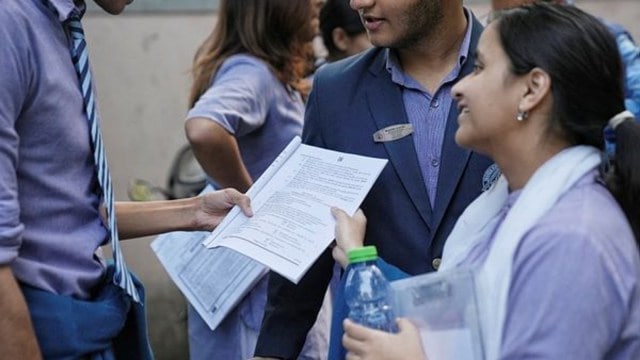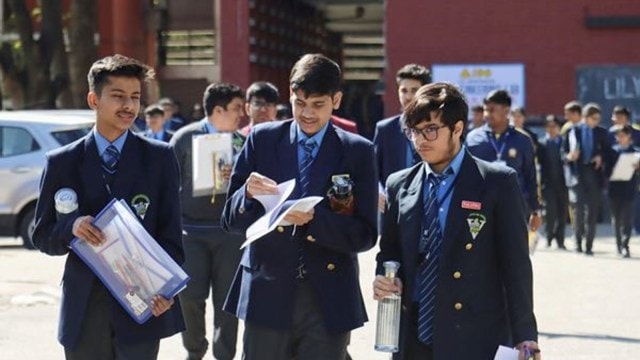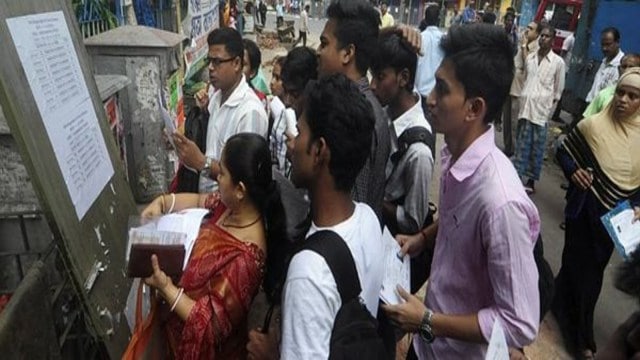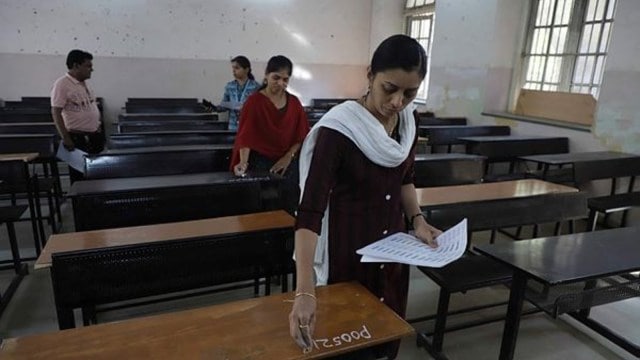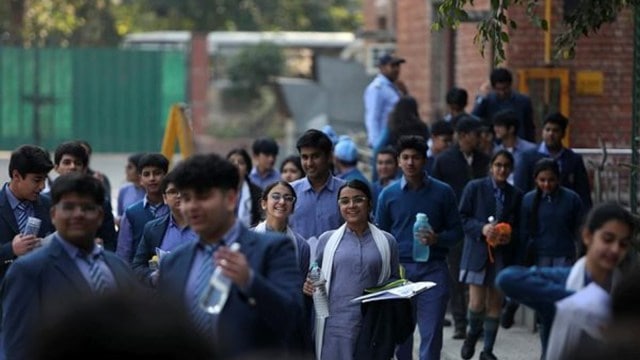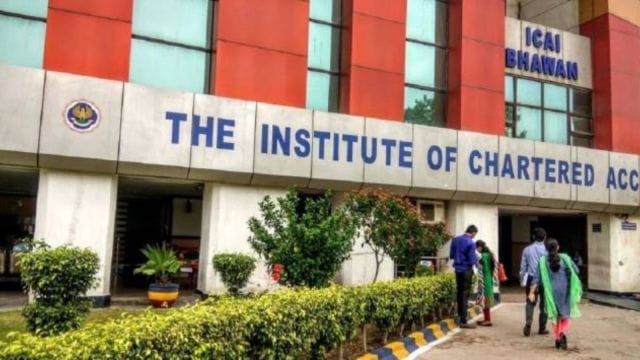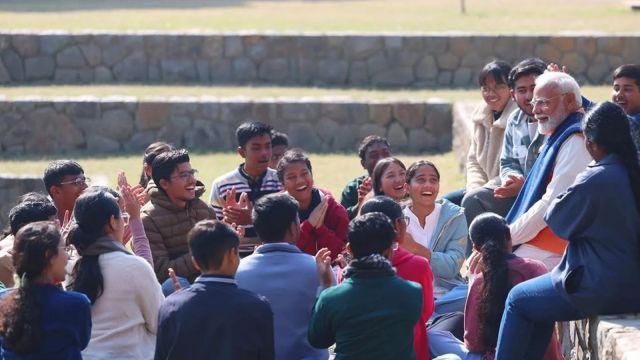
Opposition back on the drawing table in UP as BJP changes the LS poll scene with temple
THE GRAND Ayodhya Temple ceremony has set the theme for the Lok Sabha poll battle in Uttar Pradesh, with the BJP ensuring that the discussion on it is kept alive not only outside but also the Assembly in a state that, with 80 seats, has always been crucial to who forms the government at the Centre.
On Monday, presenting this year’s budget in the Assembly, Chief Minister Yogi Adityanath said he was “dedicating it to Prabhu Shri Ram”. He is there in its (the budget’s) beginning, middle and the end. He is there in each and every word of it.”
The development has clearly unsettled key Opposition parties in the state – the Samajwadi Party, Congress and BSP – which were already struggling to find an answer to the BJP, which swept the last two Lok Sabha polls in the state. The delicate balance the parties are walking is clear from the fact that while they criticised the consecration as a political event, no one spoke anything against the event itself.
The SP, which put up a good fight against the BJP in the 2022 UP Assembly elections, even if finishing way behind, is the most vulnerable on this issue given the Mulayam Singh Yadav-led SP government’s record of taking on the kar sevaks in 1990. SP chief Akhilesh Yadav has dodged the issue by staying quiet on it, though senior leader Shivpal Yadav recently said that the Mulayam government’s order opening firing on the kar sevaks was driven by the need to maintain law and order.
Incidentally, two days before the January 22 consecration ceremony, Akhilesh shared a video on X that began with the chant of ‘Om Namah Shivay’ and went on to showcase the ongoing construction of a grand ‘Kedareshwar Mahadev’ temple in Etawah (the SP’s turf). Local SP leaders say it’s Akhilesh who is himself getting this temple constructed, and that it would be like the other Shiva ‘Jyotirling’ temples across the country – including the Kashi Vishwanath one, which has seen a re-emergence since the court order allowing puja in the basement of the adjacent Gyanvapi Masjid.
SP leaders say the temple will be ready by next year.
Unlike the Congress, whose political leadership pulled out of the event citing politicisation of the event, the SP kept everyone guessing till the last minute. Akhilesh first said he had not received the invite, clarifying this with: “If Lord Ram calls, I will certainly go… It is believed that a visit to a shrine happens when the Lord Himself or Herself calls.”
At the same time, Akhilesh’s wife and SP MP Dimple Yadav said that the SP would go if invited, and added that if not now, they would certainly visit the Ayodhya temple in the future.
In another moderation, amidst the Ayodhya fervour, the party added ‘agda (upper castes)’ to the ‘PDA (Pichhda, Dalit, Alpsankhyak)’ formula it has been talking about to counter the BJP. However, SP leaders admit that with Ram cutting across caste lines, the party is not sure if its backward politics can take on Mandir just yet.
Prominent backward classes with sizeable numbers in eastern, central and western regions of UP, like Kurmi, Yadav, Lohar, Badhai, Loniya or Noniya, Rajbhar, Kumhaar, Mallah, Nishad, Koeri (Kushwaha), Jat, Gurjar, Sainthwaar, are expected to be ripe territory for the BJP post-temple.
Similarly, among the Dalit community, only the Jatavs have embraced Buddhism in large numbers, with the others such as Sonkar, Valmiki, Paasi and Dhobis followers of Hinduism.
This is the reason why BSP chief Mayawati too welcomed the construction of the Ram Temple, and issued a statement greeting Hindus on the consecration day, though she too accused the BJP of politicising the event.
The Congress dilemma is no different. Slipping precipitously in UP, it has been trying to tap into its traditional Muslim and Dalit vote base as well as the one that has been moving away, the Brahmins, by claiming “Thakur dominance” under the Yogi Adityanath-led BJP government. It has also been trying to underline that while the SP is not raising Muslim issues strongly enough, the BSP is too cowed by the cases against its leaders to take on the BJP.
Recently, as part of this change of tactic in UP, the Congress appointed a Brahmin, Avinash Pandey, as its UP in-charge, even as Ajay Rai, a Bhumihar, is its state president already.
In the month leading up to the Ayodhya consecration, the Congress also launched its ‘UP Jodo Yatra’ after prayers at ‘Shakumbhari Devi’ temple in Saharanpur, which covered mostly west UP districts where party leaders visited both Hindu and Muslim religious places. A week before the Pran Pratishtha, Rai and other senior Congress leaders visited Ayodhya for a darshan of the existing Ram Lalla.
Some Congress leaders have talked about how it should not be forgotten that the locks at the Ram Janmabhoomi disputed site were opened under the Rajiv Gandhi-led Congress government, while the foundation-laying was also allowed by his regime – both crucial milestones in the construction of the temple.
After Varanasi, the Opposition is also staring at a temple-plus-plus effect, with puja starting in the Gyanvapi mosque basement. While it followed a court order, the administration sent a message by ensuring its implementation within hours, including cleaning of the cellar, fixing of electricity supply inside, and the transfer of idols apparently found during an ASI survey from its treasury to the basement for puja.
Incidentally, most of the Opposition has chosen not to react to the Varanasi court order allowing puja as well. Akhilesh did seek “proper procedure” following the court’s order, but refrained from saying more. Even Congress UP chief Ajay Rai who belongs to Varanasi has remained tightlipped, as has Mayawati.
The BJP too seems to officially be taking it easy on this issue, letting the Ayodhya temple fervour play out. The party has not made a statement, barring a few leaders “thanking” the judiciary.

 Posts
Posts Sign up as a Teacher
Sign up as a Teacher